Features of germinating tomato seeds for seedlings
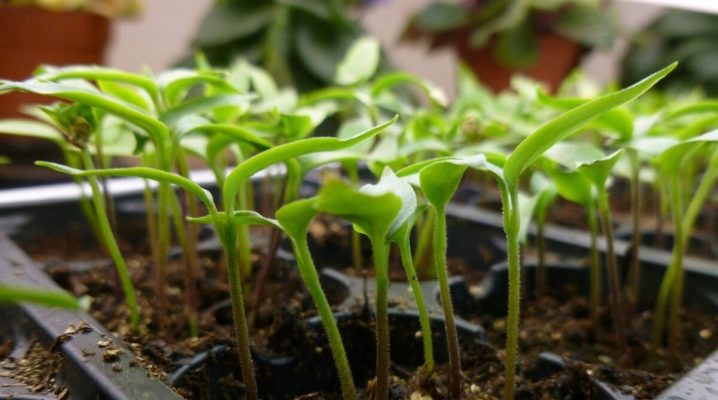
Growing tomatoes is an art. Skeptics, of course, will argue, but those who have gone from choosing seeds to harvesting a rich harvest will know who is the truth. Beginners often make mistakes even in small things. For example, little attention is paid to seed germination. But this is an important stage in the care, or rather, in the preparation of tomatoes for planting.

Why do you need to germinate?
Germination is the process when the seed passes from a state of dormancy to a state of an active growth phase.... If you create the necessary temperature conditions, if you help the cultivation with the necessary level of moisture, air, metabolic processes are activated in the embryo, and it will awaken. It is known that a grain first absorbs water, then it grows, or rather swells. Proteins, carbohydrates and fats in it will break down into amino acids, fatty acids and sugars. And finally the first root will hatch. He is considered a sprout.
When the length of the root is equal to the length of the seedling, it can be officially considered germinated. This is a ready-made biological element that is time to be planted in the ground. There will already be sprouts, and the roots of future tomatoes will continue their development.
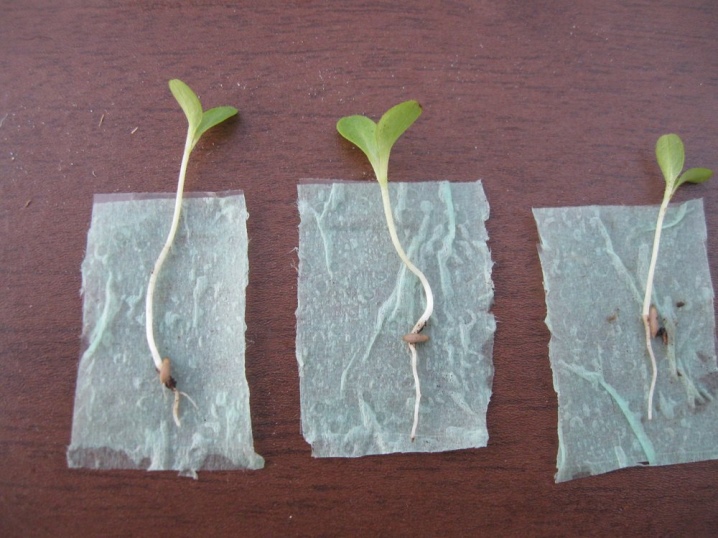
The nuances of germination - what you need to know before starting work.
- If the seeds are inlaid and coated, they do not need pre-planting preparation. The manufacturer has already worked with this. If the grower wants to supplement the actions of the producer, he can lose: even the slightest violation of the shell, whatever it may be, will reduce the protective properties of the seed, the percentage of germination will also fall.
- They germinate seeds in order to speed up the process - a person wants them to hatch sooner. This makes sense, because in this way future tomatoes consume less strength and energy, and the germination of seeds increases.
- You can not germinate seedlings if they are not from the store, their own, controlled and collected in sufficient quantities.
- Also, germination helps to reduce the percentage of seeds dying prematurely, the latter factor may be associated with decay (excess moisture), infection in the soil or the seeds themselves, temperature disturbances, deep planting, pathogens in the soil.
The procedure itself is not very complicated. Here it is important to remember about the combination of factors necessary for growing viable seedlings. We are talking about the density of planting, and about the quality of the land, and about its preparation, disinfection, and so on.

How long does it take for seeds to germinate?
I must say that the gap here can be significant. One seed will sprout quickly, in 3 days. Another needs a couple of weeks to germinate. This process depends on the conditions created, on the quality of care, on the seeds themselves. But the main factors are air temperature and humidity. If dry seeds are planted in the ground, they will not sprout before the 10th day. And if seedlings that have previously sprouted in a humid environment go into the soil, then 3-4 days will be enough for them to germinate.
There is an opinion, and it is quite certain that the fresher the seeds are, the faster they will sprout.
This is why when buying seed from the store, you need to look at the dates on the packaging. The longer they are on sale, the lower their germination percentage.
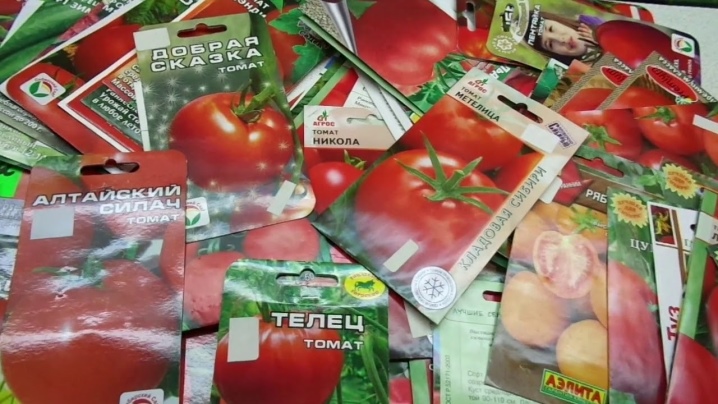
The relationship between growth rate and temperature:
- seeds sprout in 3-4 days, if the air temperature is from 25 to 30 degrees;
- for 5-6 days you can wait for the appearance of seed sprouts at an air temperature of 20-25 degrees;
- 2 weeks will go to the germination of seeds that germinate at low temperatures, 12-14 degrees.
It is important to focus on serious research and practice. Germination, according to various sources, gives from 30 to 40% higher yield of seed germination (compared to planting without preliminary germination). And if, for example, there are rare seeds, each specimen of roads in the set, it is definitely necessary to germinate. If a person realized himself late, and every day counts, germination will also be the optimal safety net. It's also a way to get seedlings without soil - this may sound fantastic for beginners, but the fact remains.
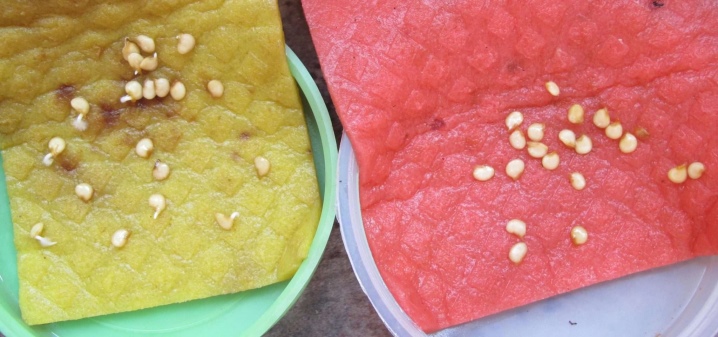
The main stages of preparation
Each breeder has its own subtleties of preparation, some even keep them secret. A typical mistake for beginners is a lot of fuss, a lot of unnecessary actions. The preparation itself is not at all small, but thoughtful.
What kind of operations are included in the preparation of seeds.
- Selection... Strong, heavy, large seeds are suitable for germination. A priori, they contain more nutrients, which will be used for the development of the seedling. The selection is assisted by soaking the seeds in a saline solution. It is necessary to dissolve 80 g of common salt in 200 ml of water. The liquid is stirred until the salt dissolves. Seeds are poured into the resulting solution. After 10 minutes, you can watch the result: full seeds, thick and active, will go to the bottom, and hollow and lifeless ones will float up (or rather, they will remain on the surface of the solution). So these are the ones that have gone down, and you need to leave. Wash them, dry them.
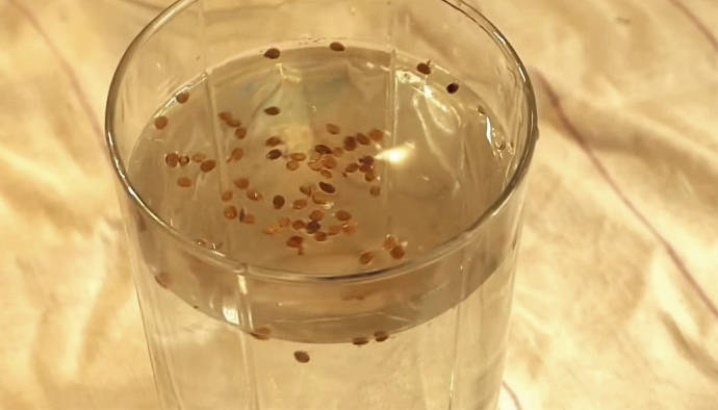
- Warming up... For 2-3 days, the seeds should be kept near the battery. Heat treatment is excluded only if the seeds are tomato hybrids. However, you can warm up the seed under the sun, up to 5 hours, occasionally gently stirring. If there is not enough sunlight, an ultraviolet lamp is needed, warming up under which lasts 70 seconds, no more. This will help kill the germs of disease in the seed.
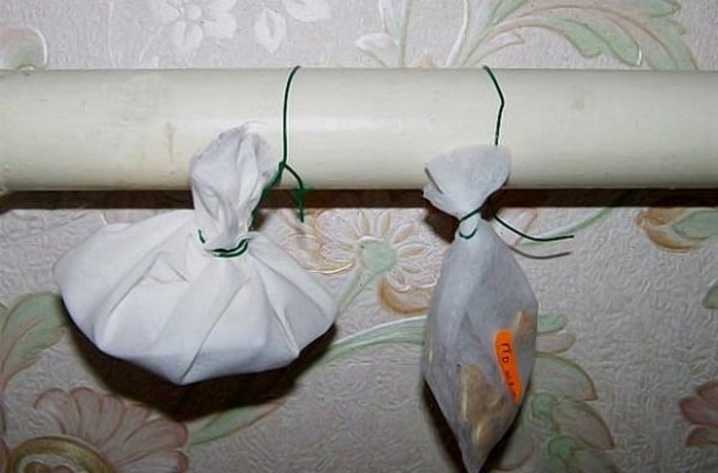
- Hardening... Here everything is even simpler: the seeds are poured onto a saucer, sent to the refrigerator for a day, on its lower shelf. After that, again for a day, the seeds are sent to a warm place. And this alternation is repeated three times. This will make the seed stronger and more resilient. It will be resistant to low temperatures, and the growth of seedlings will accelerate.
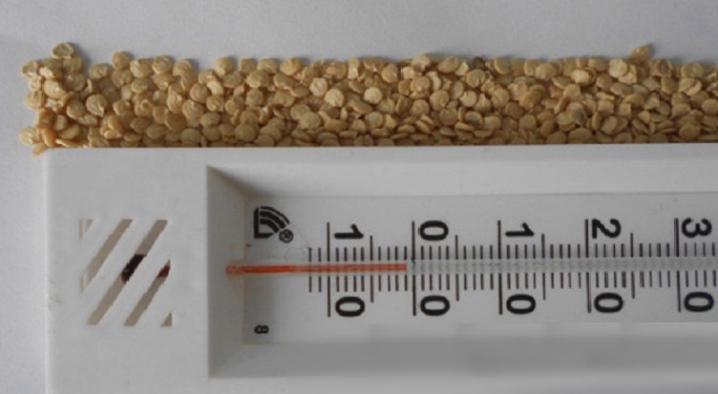
- Disinfection... The most convenient and simple, at the same time very effective way is to use potassium permanganate. Dissolve 1 g of potassium permanganate in 100 ml of warm water. The seedlings are placed in a gauze bag and in this form are dipped into the solution. They have to lie there for half an hour. An alternative to potassium permanganate is hydrogen peroxide: a composition with a concentration of 2% is taken, and the seeds are soaked in it for 10 minutes.
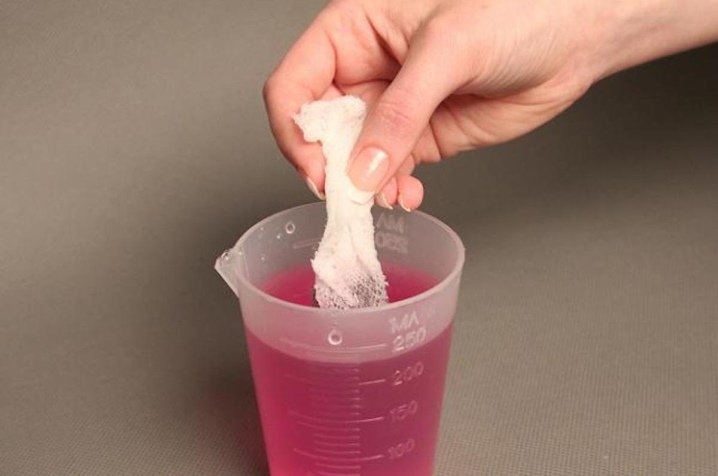
The preparation is complete. Then the most interesting thing begins: the choice of the germination method, control of the process and results.
How to germinate correctly?
Here are 4 popular ways to germinate seeds. Three of them operate on the “no land” principle.
On toilet paper
A very effective and absolutely cheap way of germination. You need to lay toilet paper in the container, at least four layers. These layers should be sprayed with water. Selected seeds prepared for germination are laid out on paper. There will be another layer of toilet paper on top, which also needs to be moistened. Cover the container, put it in a warm place. The moisture content of the paper must be maintained constantly until the seeds hatch.

On the fabric
The method, as they say, has been proven for decades. The bottom of the plate is lined with cotton cloth, watered a little with water. Seeds prepared in advance are scattered on the fabric. Another piece of natural fabric is placed on top. The last layer is either a plastic bag or a lid. The container is sent to a warm place.
This method also requires moisturizing the fabric on a regular basis.
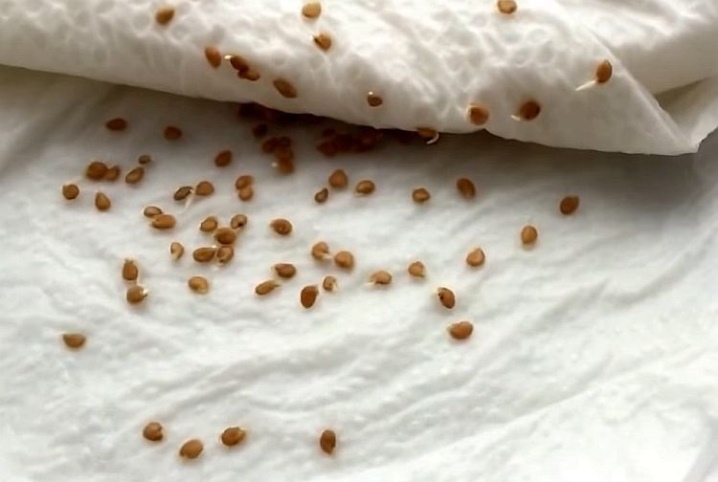
On wet substrates
If you don’t want to give up germination in the potting mix, you don’t need to. This also works and helps to speed up seed growth. The soil is poured into containers, leveled with a wooden lath (or an ordinary ruler), after which the seeds can be sown. Cover the container with either glass or foil until the seeds germinate. As soon as the seedlings have risen, they are transferred to a bright place.

On cotton pads
It is worth noting such a very popular method as sprouting in cotton pads. 4 cotton pads are placed on the bottom of the container, which must be thoroughly wetted. Seeds are laid out on top of the discs, and they are also covered with two more cotton rounds. The container is sent to a plastic bag and then to a warm place.
The humidity of the disks will also have to be constantly monitored.
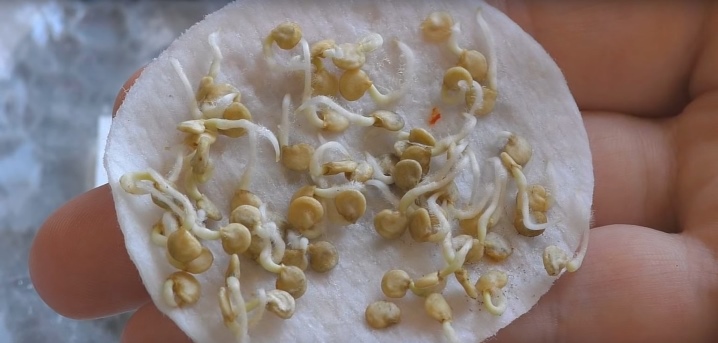
Useful Tips
Germination is a demanded procedure, overgrown with author's techniques and various recommendations. Some of them repeat the old ("old-fashioned") advice, some - can be a real exclusive.
What do experienced tomato growers recommend?
- Often used to accelerate seed growth stimulation... It works, but it requires very careful handling. Some drugs are not as safe and may cause premature aging of tomatoes. Epin, Novosil, Energen are the most popular products in this series. And from the folk remedies, aloe juice should be noted, which is harmful to bacteria.
- The material before sowing can also be saturate with fertilizers by soaking in an ash hood.
- Seeds can not sprout for various reasons. And often the point is the use of empty seeds, lack of calibration. Even if the seeds are purchased from a great store with good recommendations, calibration is necessary.
- A mistake in the preparation of seeds will also be violations in the disinfection procedure. The moment when a person does not look at the proportions of creating a solution and uses concentrated potassium permanganate. The seeds will simply be burned out by it.
- Another thing may be in dry seedlings.... Either they were stored incorrectly, or for a very long time - this happens. Especially if the product is stale in the store. This is what can be dangerous for seeds purchased under a stock.
- The time of sowing seeds depends on the climatic conditions of the region. If we are talking about the middle lane, then early tomatoes are planted in the second half of February. If the variety is greenhouse - at the beginning of March. After 50, maximum 60 days, the material will be ready for planting in street soil.
- In modern conditions, it is better and more convenient to record everything. You can take notes on your smartphone (there are many applications for growers) so that no germination step is missed or performed incorrectly. Experienced gardening enthusiasts do not need such control, but beginners will be calmer with it.
The garden season begins at home. Planting in the ground is preceded by a whole list and cycle of procedures, on which the future harvest also depends. And germination of seeds is definitely one of such important, iconic moments.
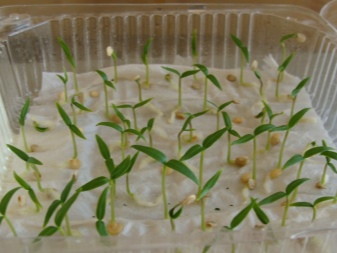














The comment was sent successfully.